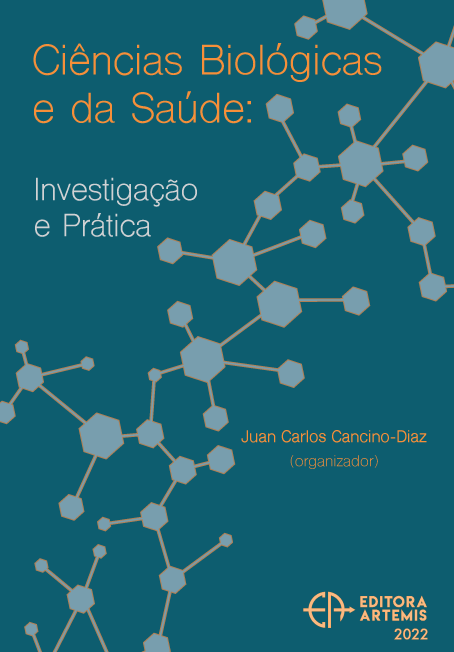
THE STAPHYLOCOCCUS EPIDERMIDIS BIOFILM MAY EVADE THE NEUTROPHIL IMMUNOLOGICAL RESPONSE.
El sistema del complemento es un mecanismo para la eliminación de bacterias y la opsonización de ellas, además para el reclutamiento de los neutrófilos; los neutrófilos reconocen a las bacterias opsonizadas para eliminarlas por fagocitosis, o por el vaciado de sus gránulos, o por la liberación de péptidos antimicrobianos (AMPs) o por la formación de trapas extracelulares de neutrófilos (NETs). Sin embargo, la biopelícula de Staphylococcus epidermidis puede inactivar o evadir la respuesta de muerte por el neutrófilo. La biopelícula puede atrapar a las moléculas del complemento o a los anticuerpos contra S. epidermidis para evitar que lleguen a la superficie bacteriana e inhibir la opsonización. El tamaño supramolecular de la biopelícula hace que se inhiba el proceso de fagocitosis, además los componentes de la biopelícula impiden que los AMPs pueden actuar sobre la bacteria. El vaciado de los gránulos del neutrófilo libera catepsina G, catepsina B, metaloproteasa-9 y proteinasa 3 que pueden procesar proteolíticamente a la proteína Aap de S. epidermidis y como resultado inducir la biopelícula, además la formación de NETs puede ser utilizadas como una cama o soporte para incrementar la biopelícula. Todo esto demuestra que la biopelícula, como uno de los factores de virulencia de S. epidermidis, puede evadir y controlar la respuesta de muerte por el neutrófilo.
THE STAPHYLOCOCCUS EPIDERMIDIS BIOFILM MAY EVADE THE NEUTROPHIL IMMUNOLOGICAL RESPONSE.
-
DOI: 10.37572/EdArt_28082260610
-
Palavras-chave: Staphylococcus epidermidis, neutrófilos, biopelícula.
-
Keywords: Staphylococcus epidermidis, neutrophiles, biofilm.
-
Abstract:
The complement system is a mechanism for bacteria opsonization, elimination, and neutrophils' recruitment. Neutrophils eliminate opsonized bacteria by phagocytosis, emptying their granules, releasing antimicrobial peptides (AMPs), or forming neutrophil extracellular traps (NETs). The Staphylococcus epidermidis biofilm can inactivate or evade the neutrophil death induction response. In addition, this biofilm can trap complement molecules or antibodies against S. epidermidis, preventing them from reaching the bacterial surface and inhibiting opsonization. Furthermore, the supramolecular size of the biofilm inhibits phagocytosis and prevents the AMPs from directly acting on the bacteria membrane. Neutrophil granules release cathepsin G, cathepsin B, metalloprotease-9, and proteinase 3 that can proteolytically process the accumulation-associated protein (Aap) from S. epidermidis inducing biofilm development. In parallel, NETs can be used as physical support for the biofilm. Then, S. epidermidis biofilm is considered a virulence factor that can help persist this microorganism by evading and controlling the neutrophil death response.
-
Número de páginas: 14
- Juan Carlos Cancino-Diaz
- Mario E. Cancino-Diaz
- Fernando Gómez-Chávez
- Sandra Rodríguez-Martínez

